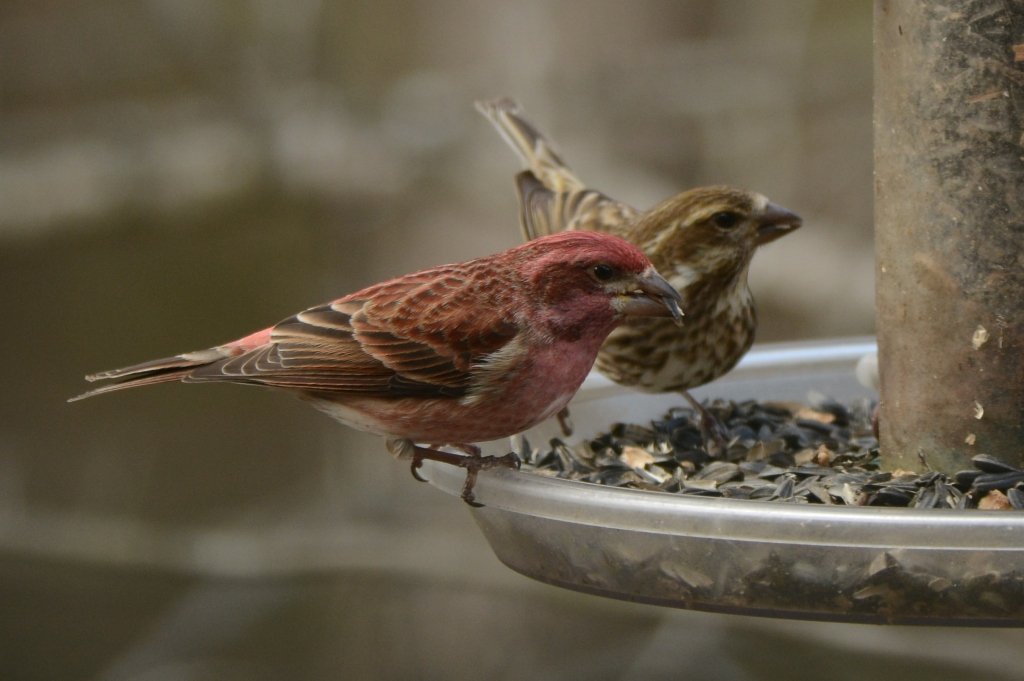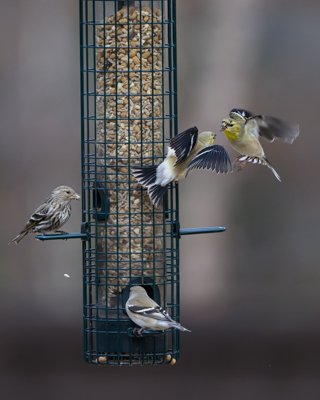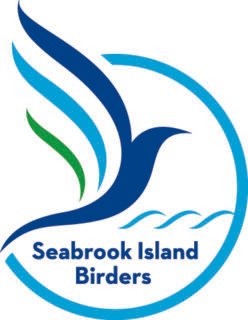It sounds like a volcano spewing out birds! Ah, but no. Each winter, birders and nature enthusiasts eagerly await the year’s “Bird Irruption” report. This is a prediction, based on certain ecological conditions, where birds will move en masse beyond their typical wintering range.


Irruptions occur when food sources in the species’ native habitat – typically in the boreal forests of Canada, become scarce. The birds that are impacted move southward, appearing in unexpected areas. This is a birder’s bonus to find and observe species that are normally wintering in a remote area.
Finches are prominent in winter irruptions and luckily parts of South Carolina become a prime destination for species like Purple Finches and Pine Siskins looking for cone crops and seeds that are plentiful here in the winter. Other areas of the US might see Evening Grosbeaks, Crossbills, and Redpolls.
The 2024 Finch Forecast, according to early reports, is shaping up to be a notable year for irruptions. Surveys of spruce, pine, and fir cone crops in boreal regions are indicating a below average yield. This should push the finches southward in search of food. There is also predictions that Red Breasted Nuthatches could make an appearance in this area.
If you would like to try to attract these visiting finches to your yard, setting up the right food sources is key. Make your backyard finch friendly by offering black oil sunflower seeds, Niger seed, and shelled sunflower seeds. I saw my first Purple Finch a week ago and immediately filled my platform/hopper bird feeders with black oil sunflower seeds and my tube feeders with shelled sunflower seeds. I noticed a couple years ago during the last finch irruption that the Purple Finches seemed to like the flat feeders more than the tube feeders. The Pine Siskins seemed to prefer the tube feeder. This might be hard for those who like a tidy yard, but leaving the pine cones and sweet gum tree balls in your yard also provides a wonderful food source for the finches.
It is also important to provide a clean water source close to your bird feeders.
Both Pine Siskins and Purple Finches are similar in appearance to House Finches. A quick hint to ID of Purple Finch is the male has more red all over the bird compared to the House Finch has red primarily on its head and chest. The female Purple Finch shows a white eyebrow that is not present on a House Finch. Pine Siskins will show some yellow on their wings. Their bill is also pointier than a House Finch. A field guide comparison is recommended note differences in these species.
Bird irruptions bring a sense of excitement to the birding community. If you notice a different looking bird in your yard or at your feeder, use your field guide or birding app to try to identify it. If you are still not sure, reach out to members of SIB. They love an identification challenge and might even show up in your yard with their binoculars.
Whether you’re a seasoned birder or a curious observer, 2024’s irruption is a chance to connect locally with nature in a thrilling way. So, prepare your feeders, grab your binoculars, and let the irruption begin.
Submitted by: Joleen Ardaiolo
